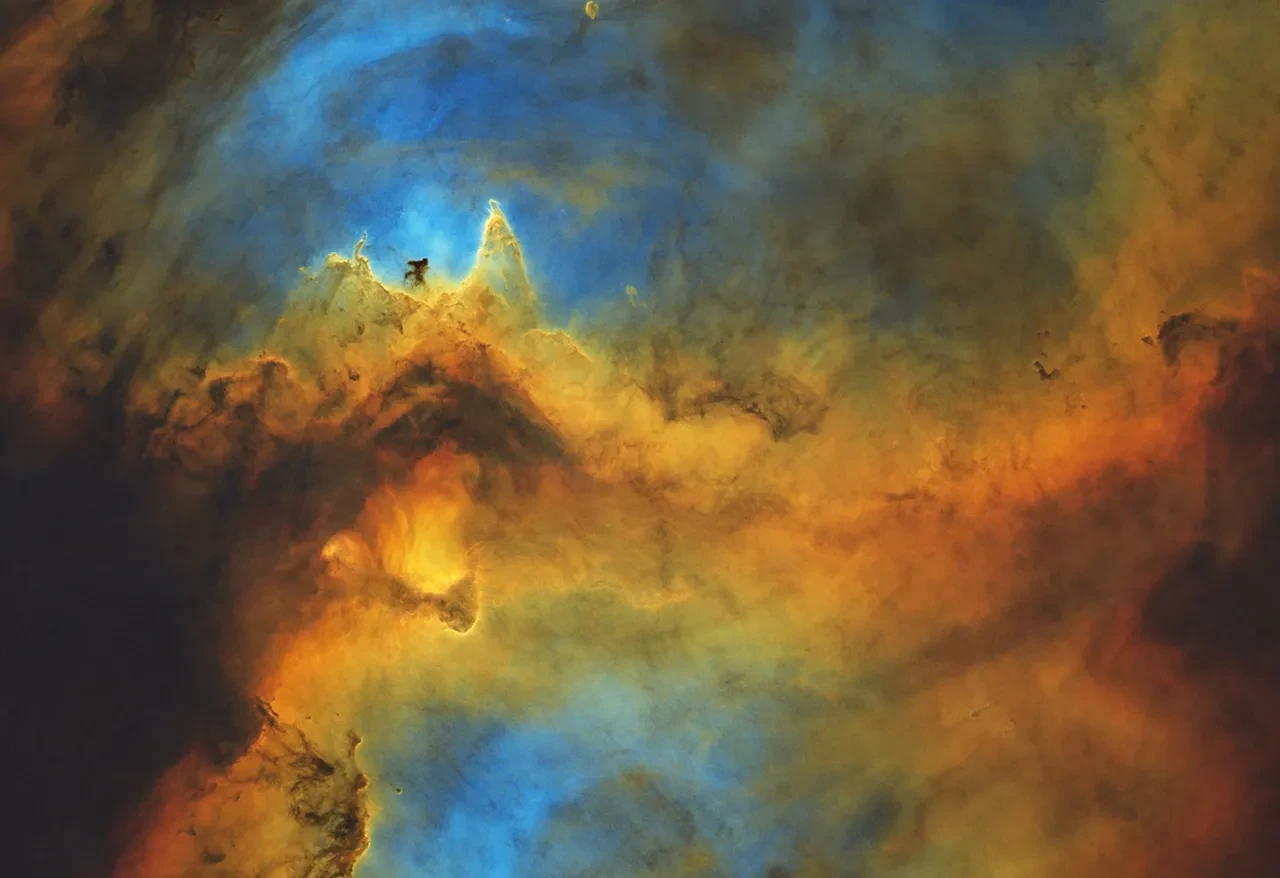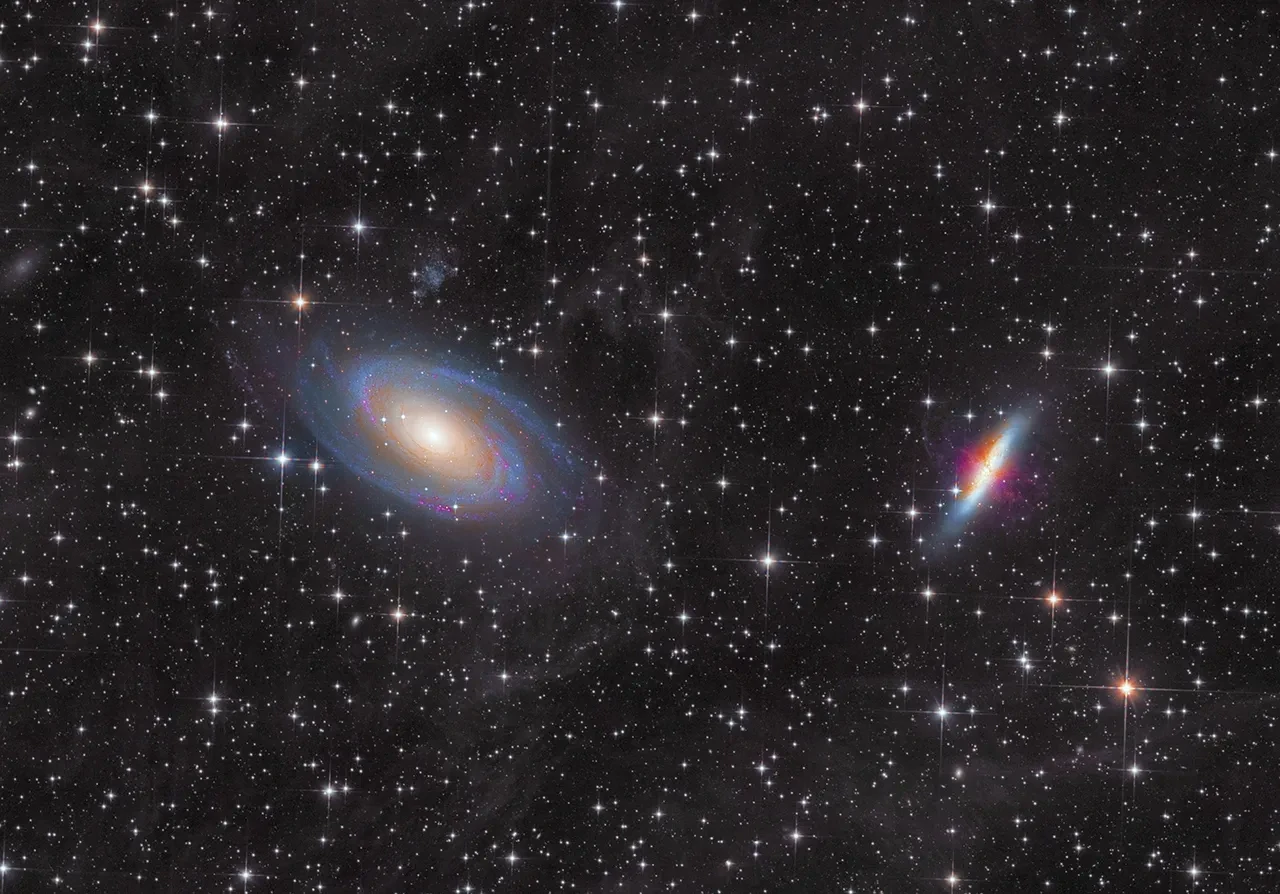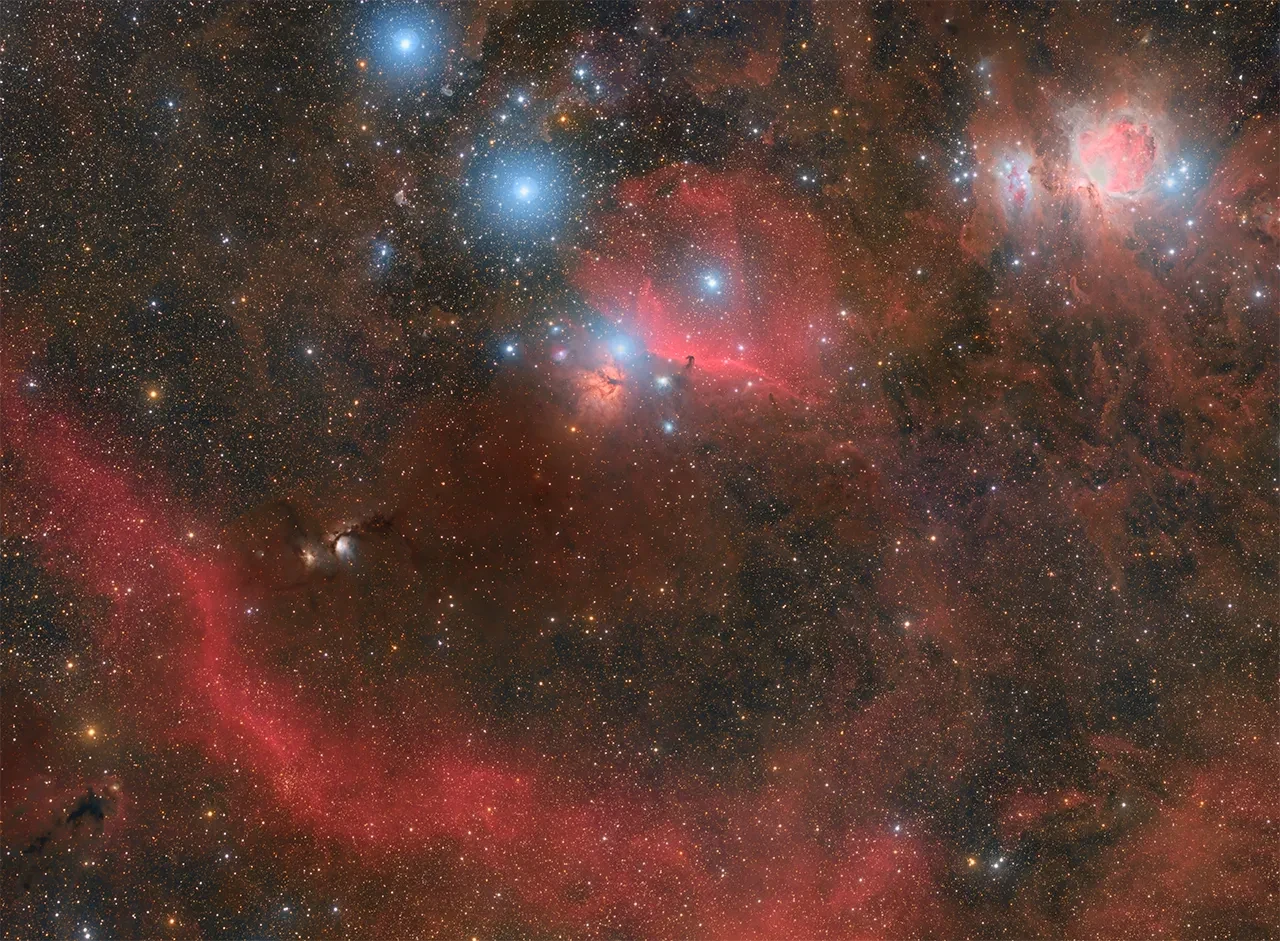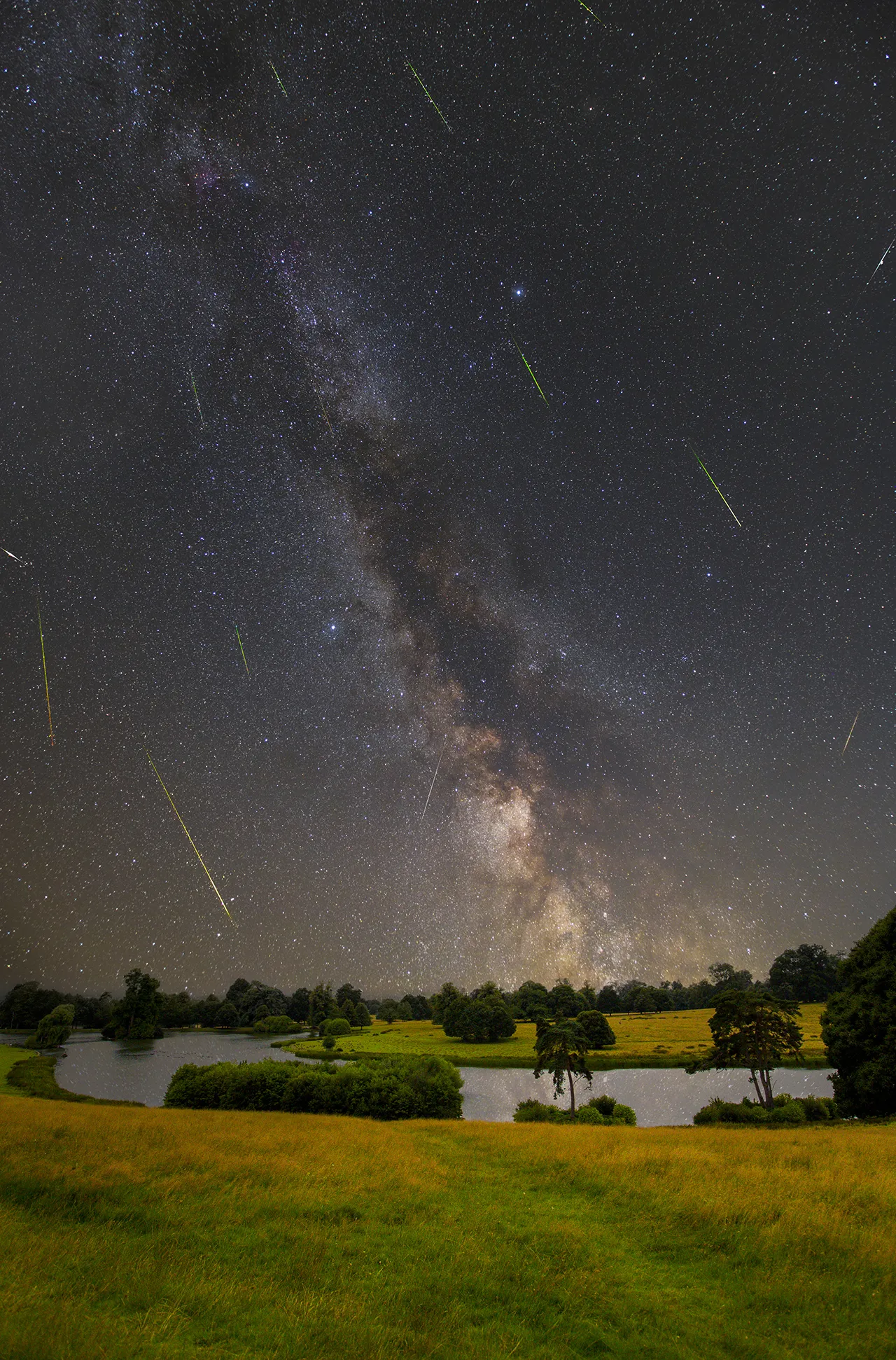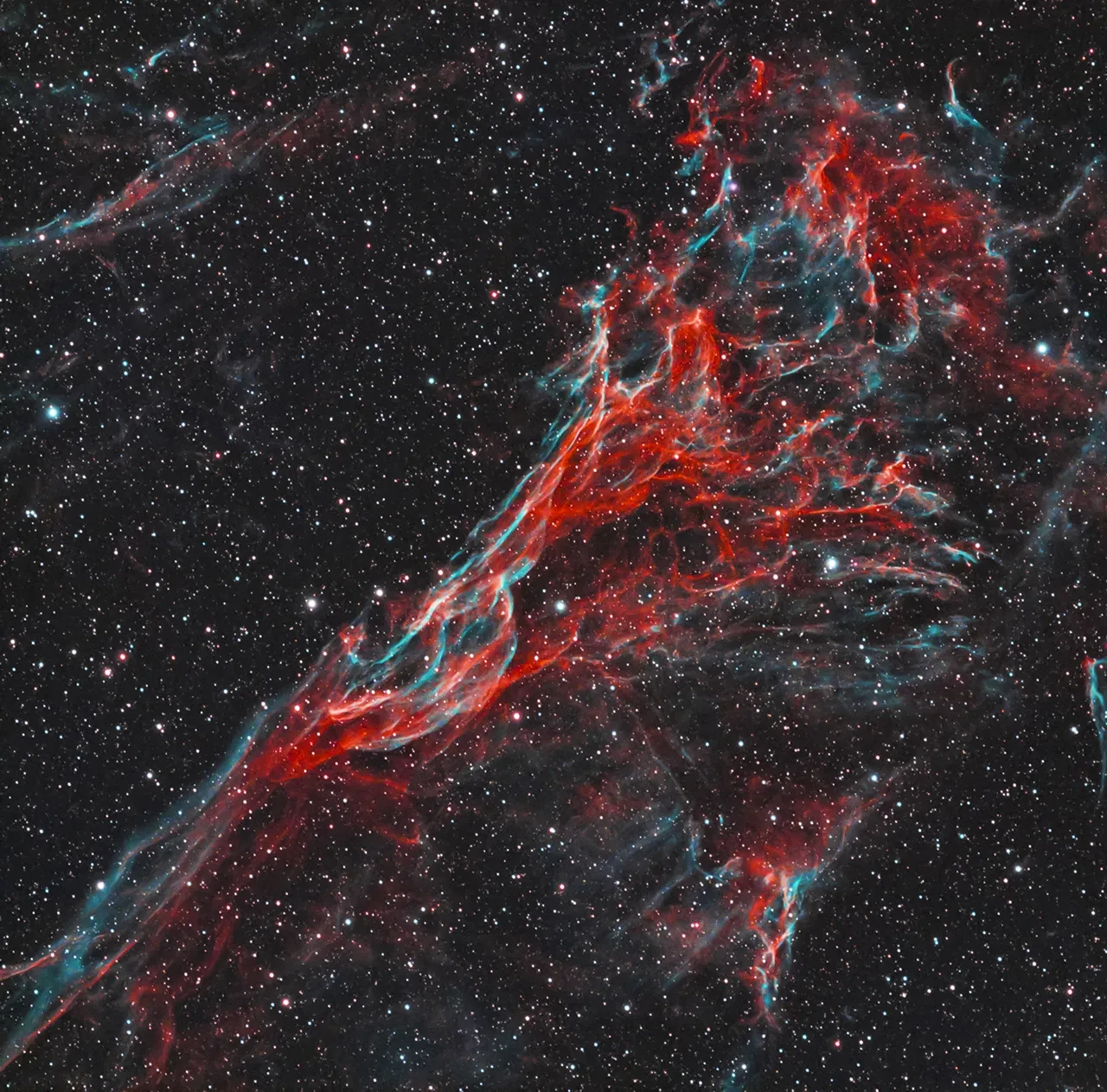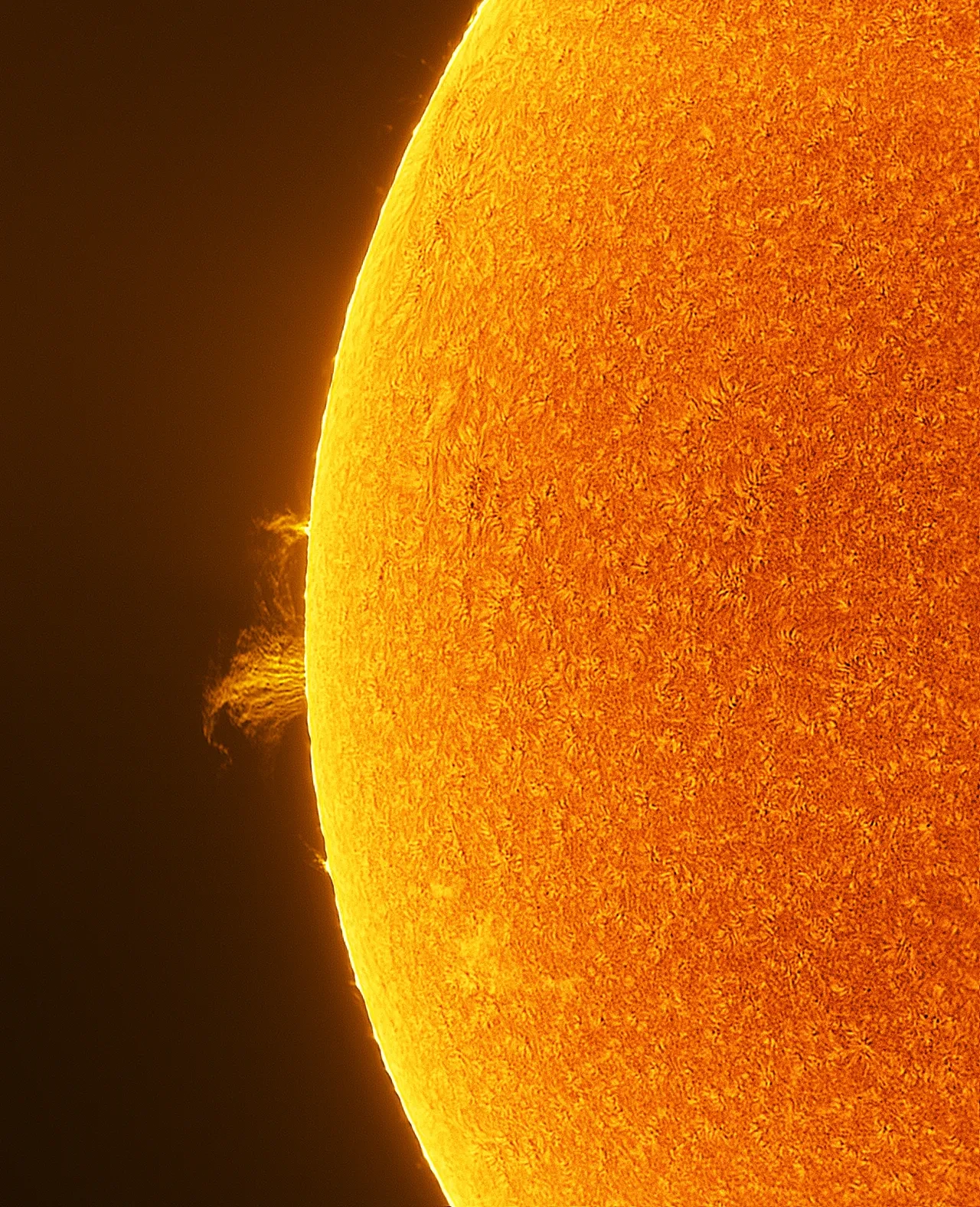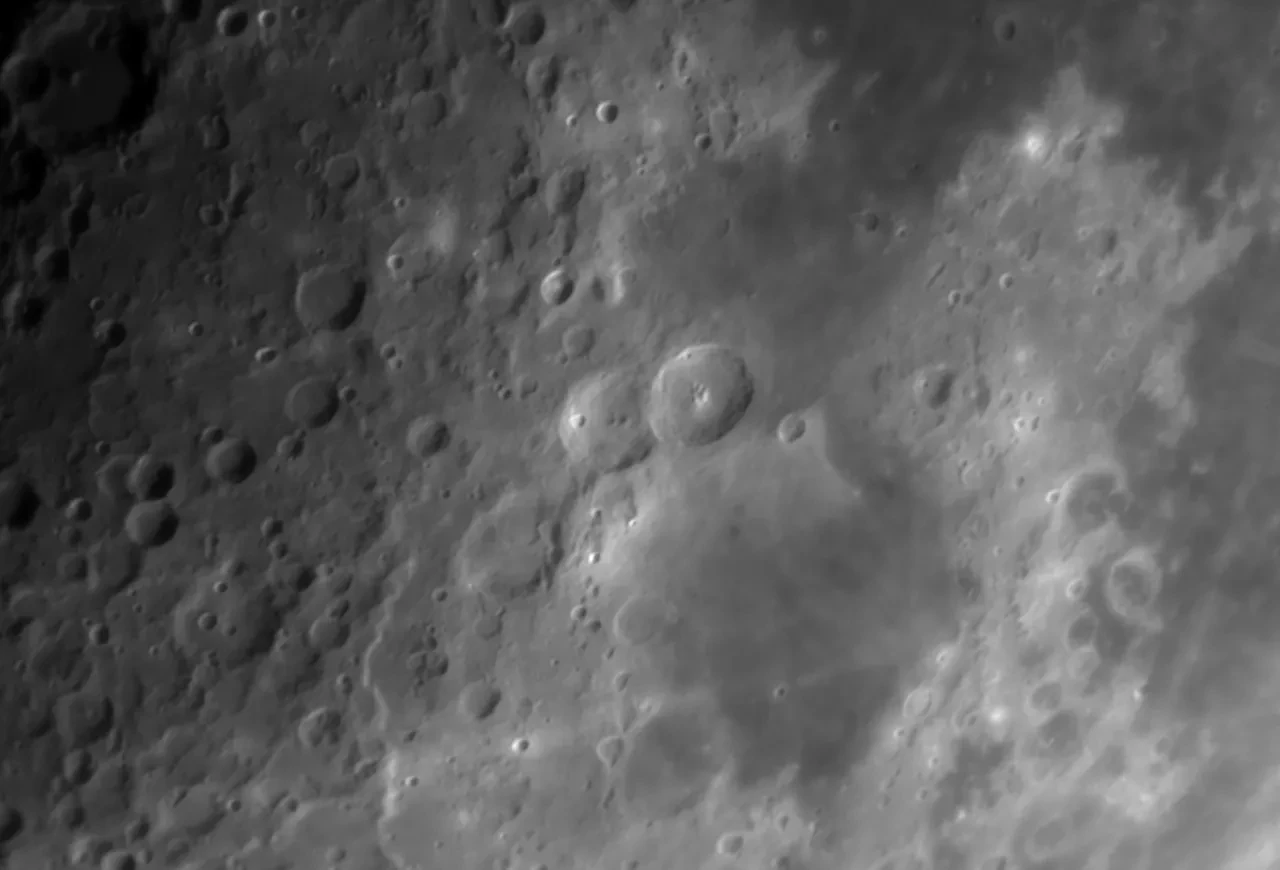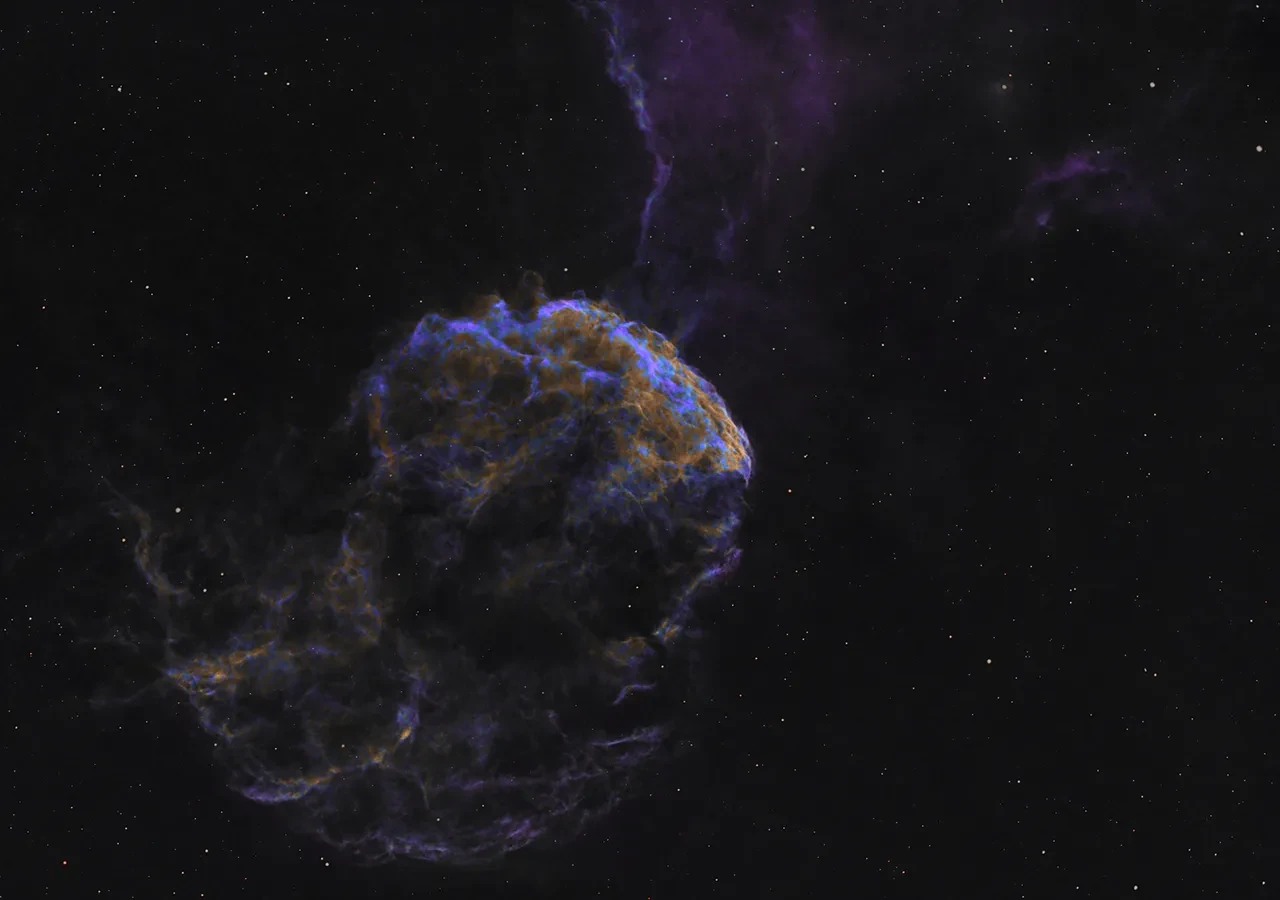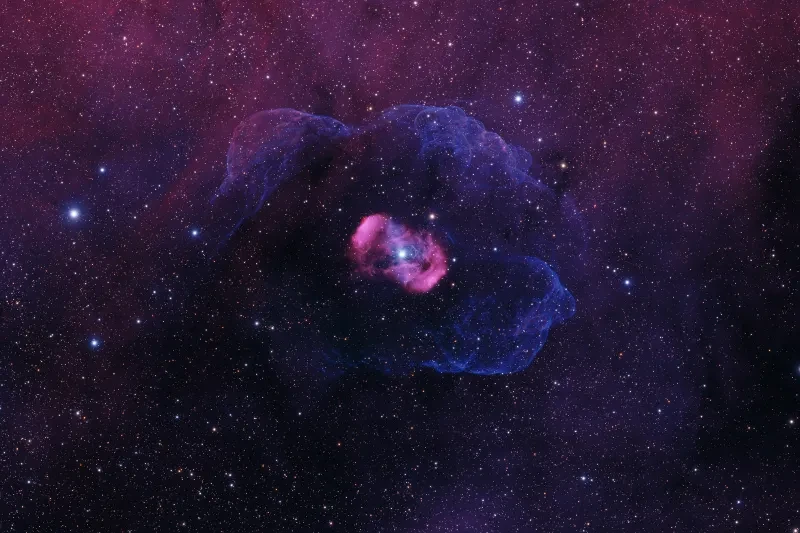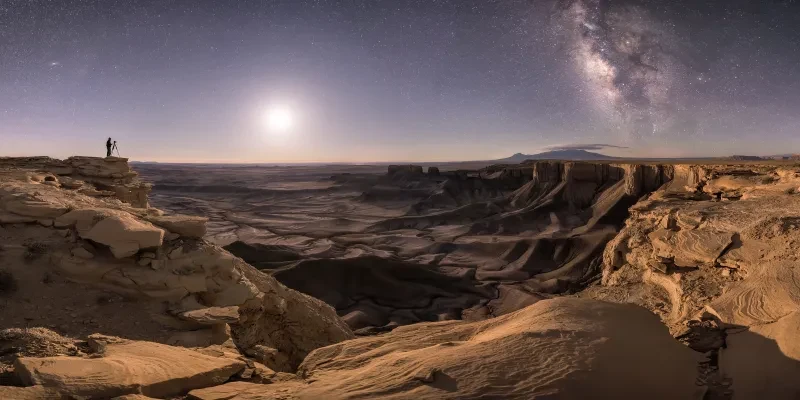Do you remember the first time you looked up at the night sky and realised that there was an entire universe waiting to be explored?
The entrants to our Young Competition – aged under 16 – are committed to uncover all that space and astronomy have to offer, capturing celestial wonders from the Andromeda Galaxy to distant supernova.
This is the category to keep a close eye on for the future. The entrants we see today will be the astrophotographers of tomorrow, pushing the boundaries of technology and creativity. As their experience and talent grows over time, the sky is the limit for what they will be able to achieve.
Find out more about the winning images and explore the full shortlist below.
The winning image
Andromeda Galaxy: The Neighbour by Yang Hanwen and Zhou Zezhen
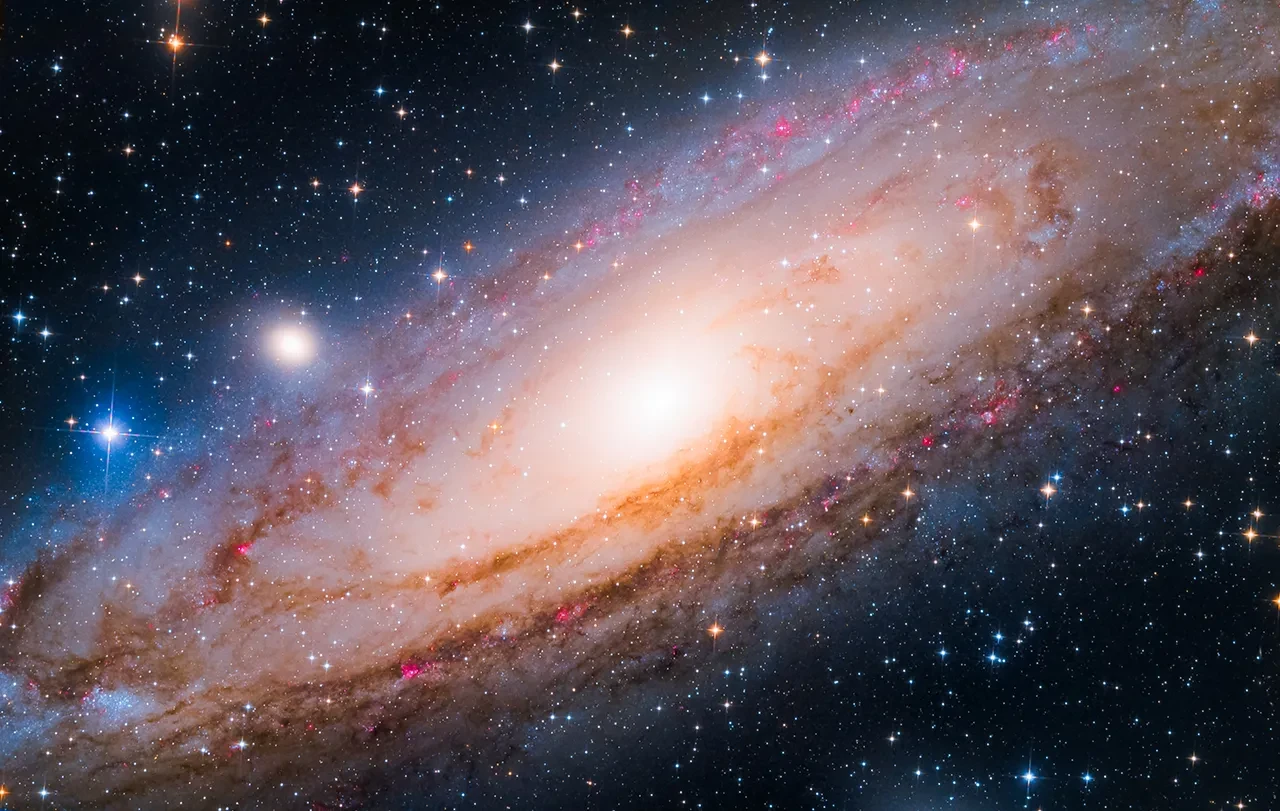
"The Andromeda Galaxy, or Messier 31 (M31), is one of the closest and largest neighbours of the Milky Way," Yang and Zhou say.
"M31 is also the most distant object the human eye can see. When you look at it with the naked eye it’s like a fog, but through the telescope it shows its magnificence."
Equipment used: SkyWatcher 150/750P telescope, iOptron CEM70 mount, Antlia LRGB, HYO H-alpha filter, ZWO ASI294MM Pro camera, 750 mm f/5, 17 hours total exposure
A very natural-looking rendering of the Andromeda Galaxy. There is no sign of intensity masking, false colours, oversharpening. It is the best example of precise post- processing, using the beautifully composed raw data of a cheap, but finely tuned, instrument with a nice field of view. It’s a superb capture by a young astrophotographer, who also demonstrates their exceptional talent in processing a deep-sky photo.
László Francsics, competition judge
Highly commended
Mineral Moon Mosaic by Peter Szabo
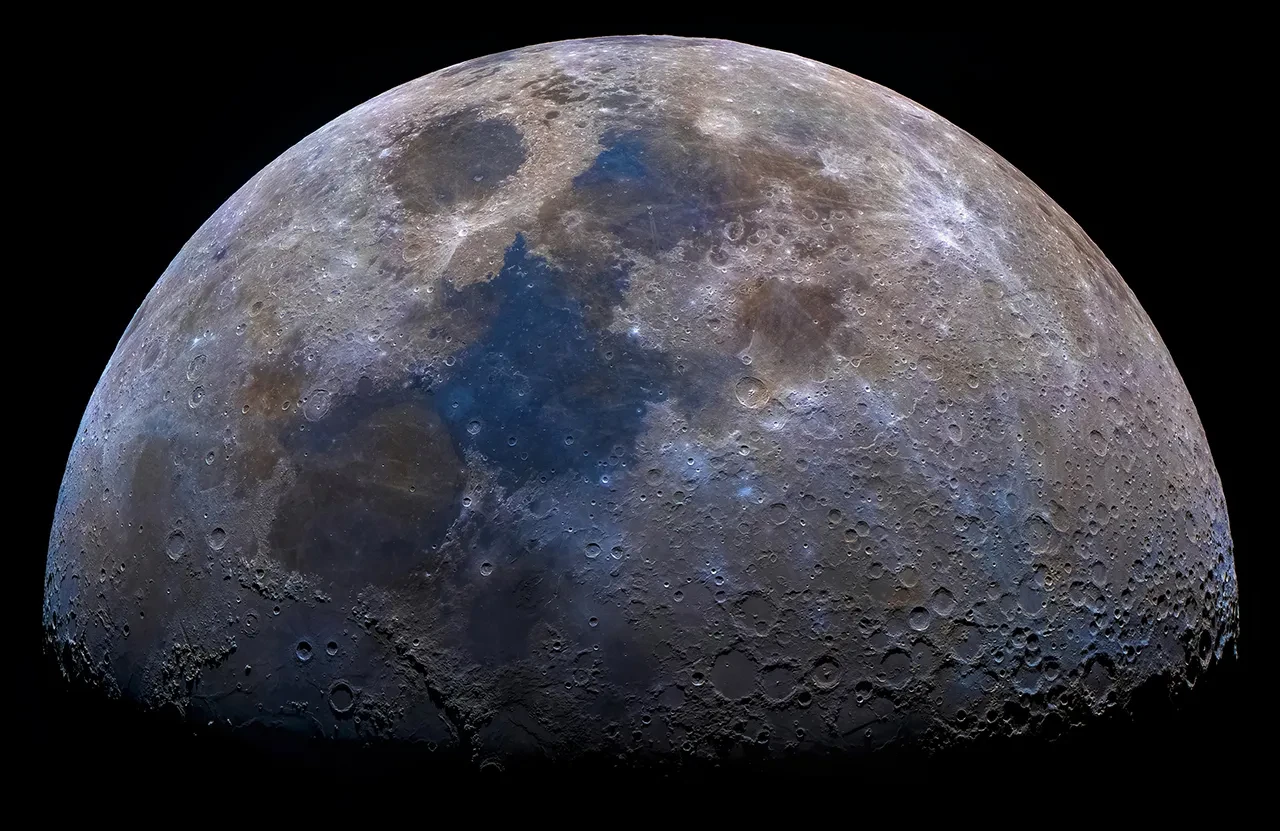
"This image is a high-resolution lunar mosaic, consisting of 34 panels. Each panel was made by capturing 800 frames and stacking the best 20% of them," Peter explains.
"The stitching of the mosaic was done in Image Composite Editor and Autostakkert3, Registax and Photoshop were used for processing."
Equipment used: SkyWatcher 200/1000 Newtonian telescope, SkyWatcher HEQ5 Pro GOTO mount, 2 x Barlow lens, ZWO ASI120MC-S camera, 1000 mm f/5, 34 images of 160 x 7-millisecond frames, 1.12 seconds per image, 38.08-second total exposure
The quality of images from our younger photographers this year was very high. This picture stood out to me, as the photographer has done incredibly well to put together a gorgeous mosaic, with lovely detail on the craters, bringing out the colours of the minerals.
Imad Ahmed, competition judge
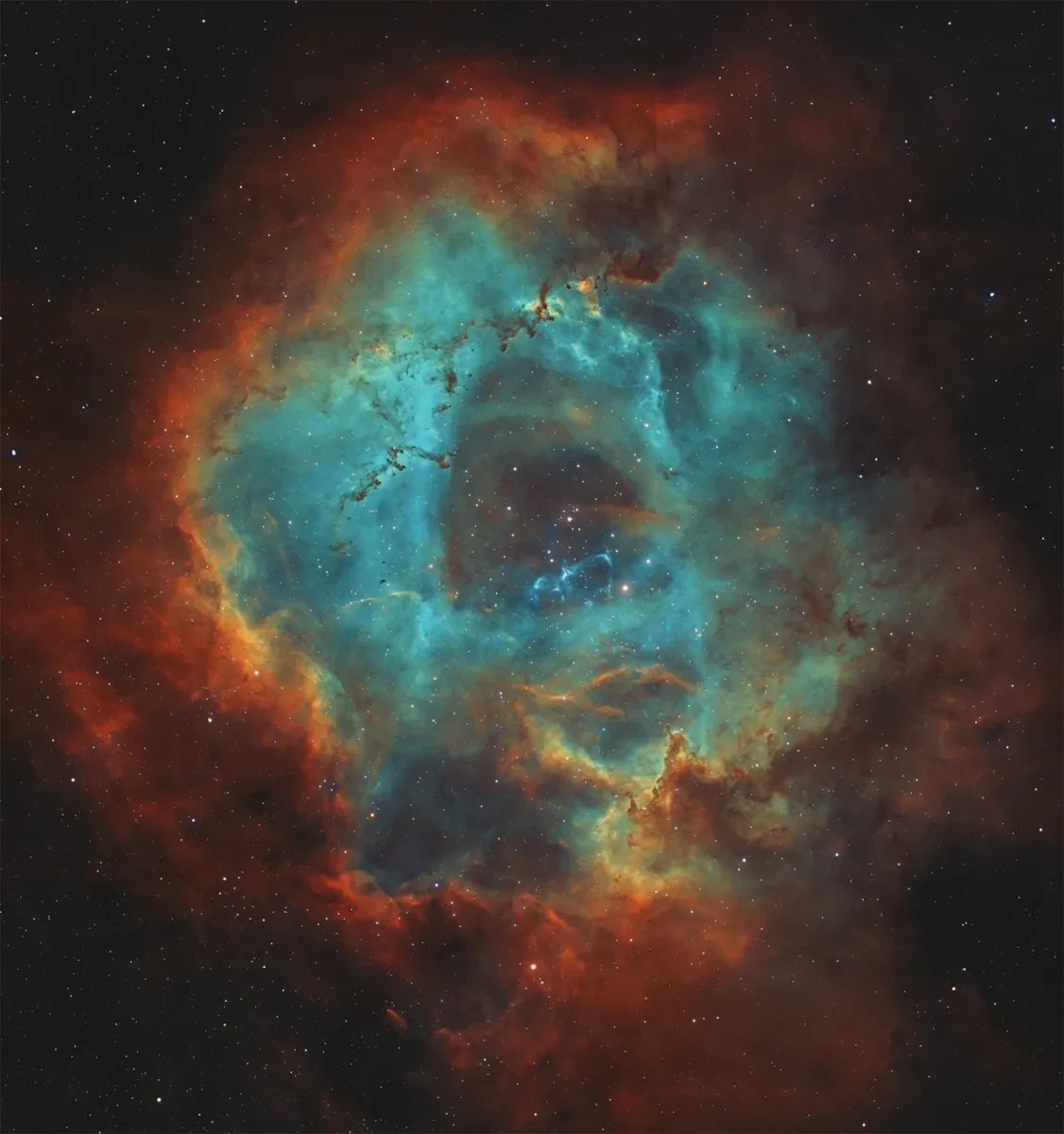
Highly commended
A Rainbow Rose by Saahil Sinha
"Thanks to how unbelievably bright it is, as well as its good placement in the autumn-winter night sky, the Rosette Nebula is a massively popular candidate for astrophotographers of every level," Saahil says.
"While I shot this target multiple times prior to taking this image, this is the first that used multiple narrow bandpass filters. Narrowband highlights the different gases in space by assigning them different colours. In this case, the range of hues represents hydrogen, sulphur and oxygen."
Equipment used: CFF Telescopes CFF92 F/6 telescope, Antlia 3-nm H-alpha, OIII and SII filters, SkyWatcher EQ6-R Pro mount, QHYCCD QHY163M camera,
441 mm f/4.8, 6 hours total exposure
A truly remarkable image of the Rosette Nebula. Radiation and winds from its central cluster of hot young stars define the beautiful symmetric shape of the nebula. The photographer did a wonderful job combining a set of narrowband images to produce the final result.
Yuri Beletsky, competition judge
Highly commended
The Crab Nebula in Hydrogen and Oxygen by Julian Shapiro
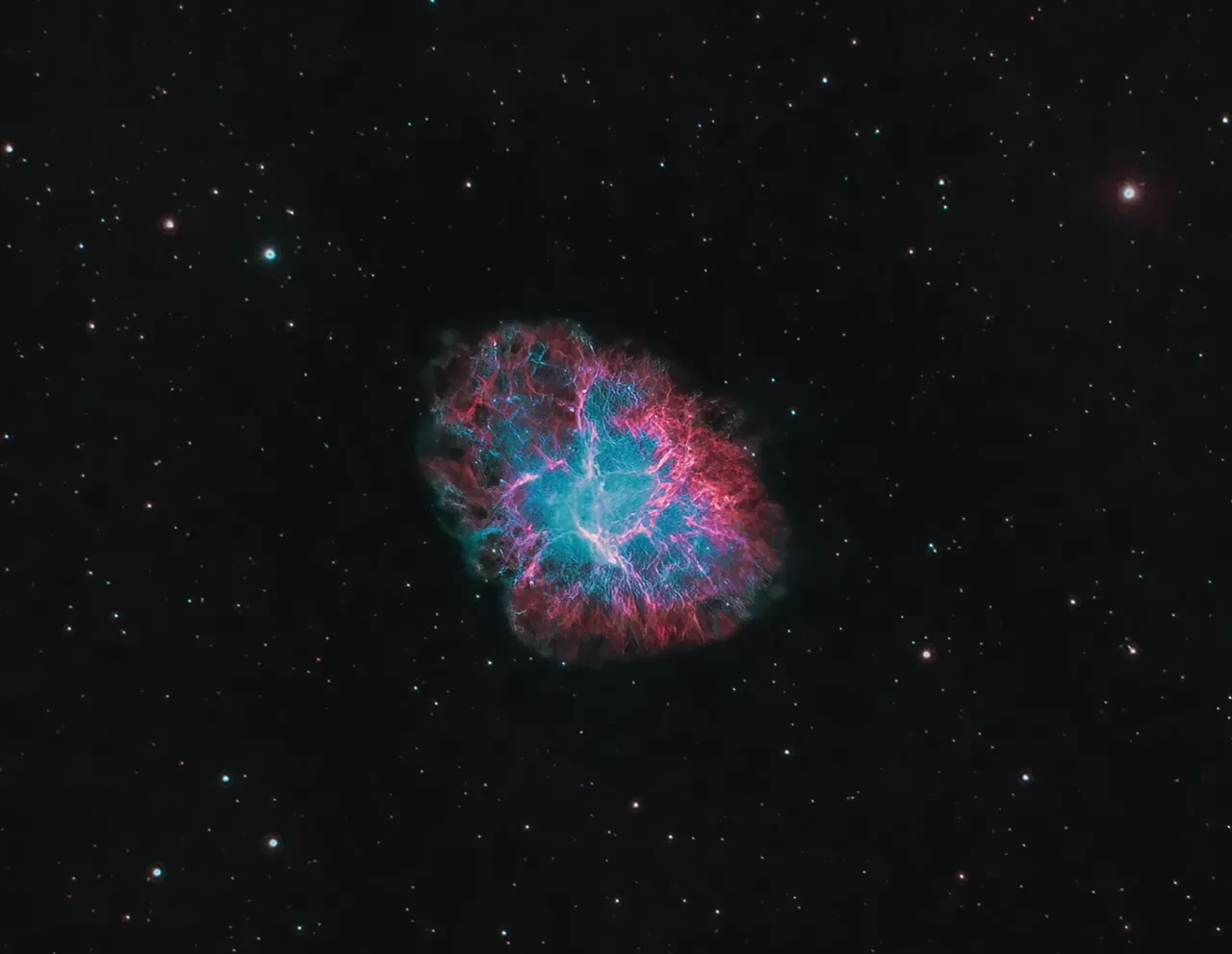
"This image shows the Crab Nebula, a beautiful remnant of a star that died a thousand years ago," Julian says.
"It was taken from my backyard with a Schmidt-Cassegrain telescope at a high focal length to show the intricate structures of the nebula. At the very centre of the image is the Crab Pulsar, the remains of the star."
Equipment used: Celestron C8 Schmidt-Cassegrain telescope, Orion Atlas Pro mount, Optolong L-eNhance filter, ZWO ASI294MC Pro camera, 1280 mm f/6.3, multiple 2-minute exposures (2 hours total)
Capturing the complex structures in the remnant’s expanding outer layers so clearly and producing such vivid colours without oversaturating the image is extremely challenging. It is, admittedly, one of my favourite astronomical objects; to see it depicted with such clarity and brilliance is an absolute joy.
Ed Bloomer, competition judge
See the full shortlist
Explore all the photographs in the Young competition category
Our partners


